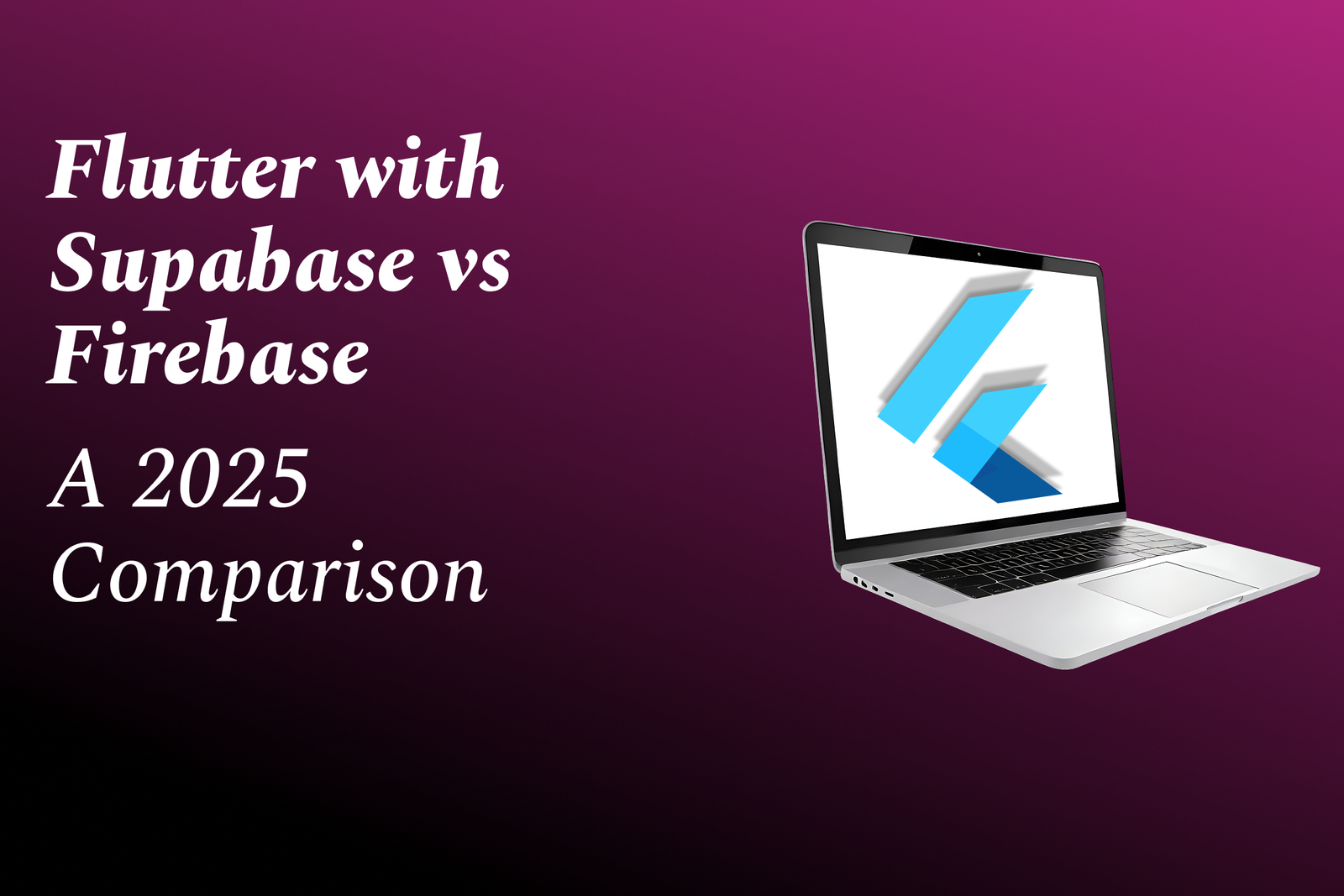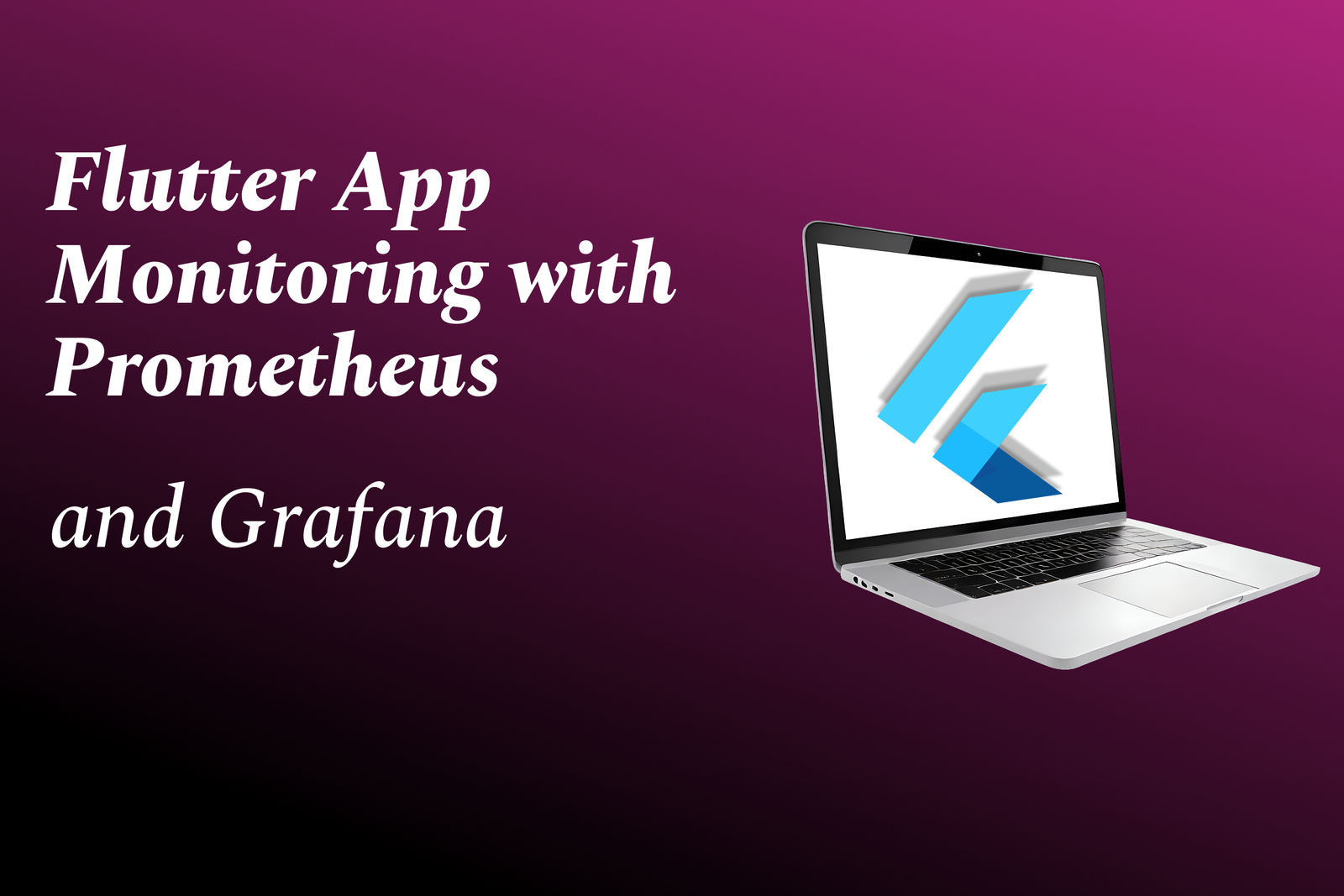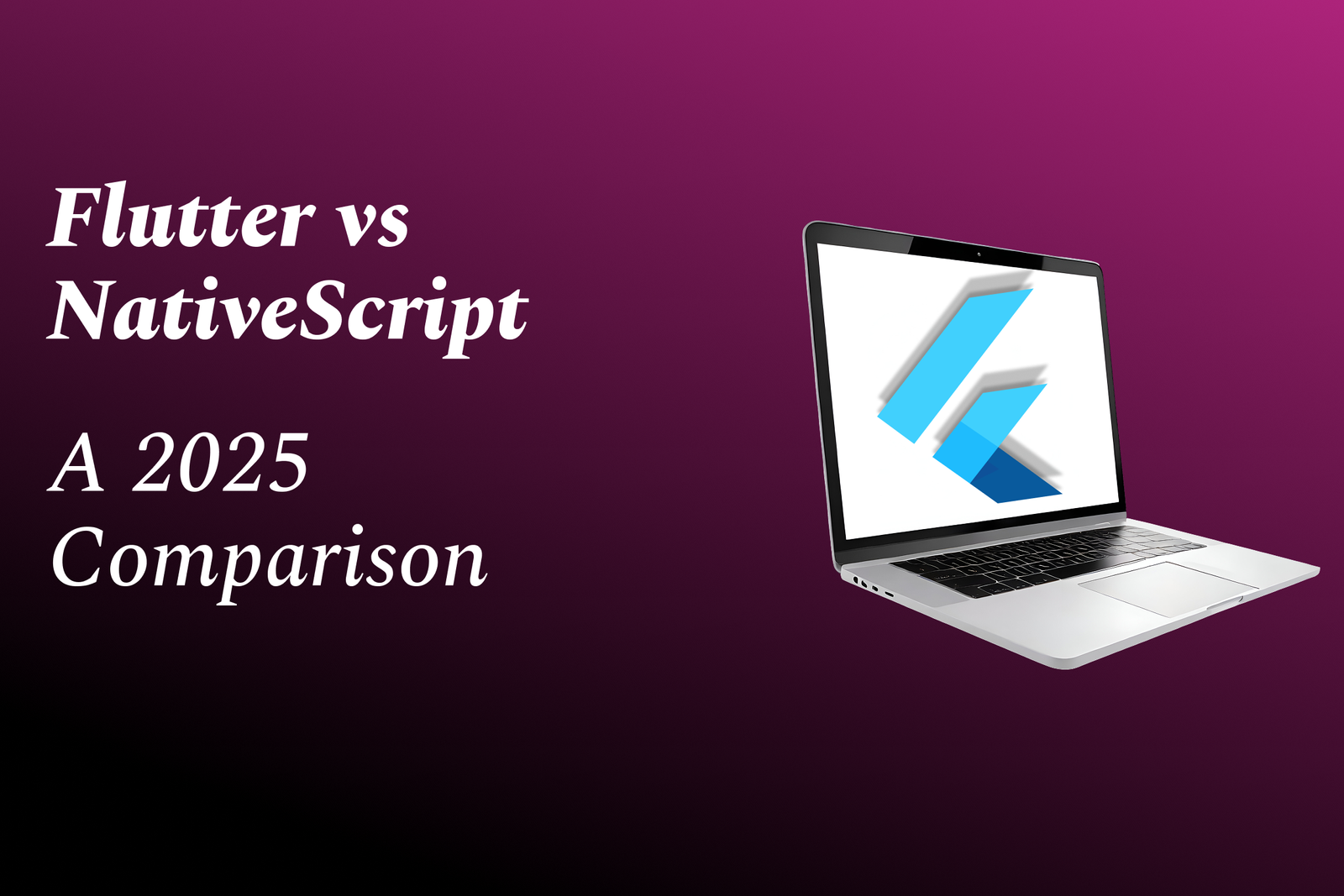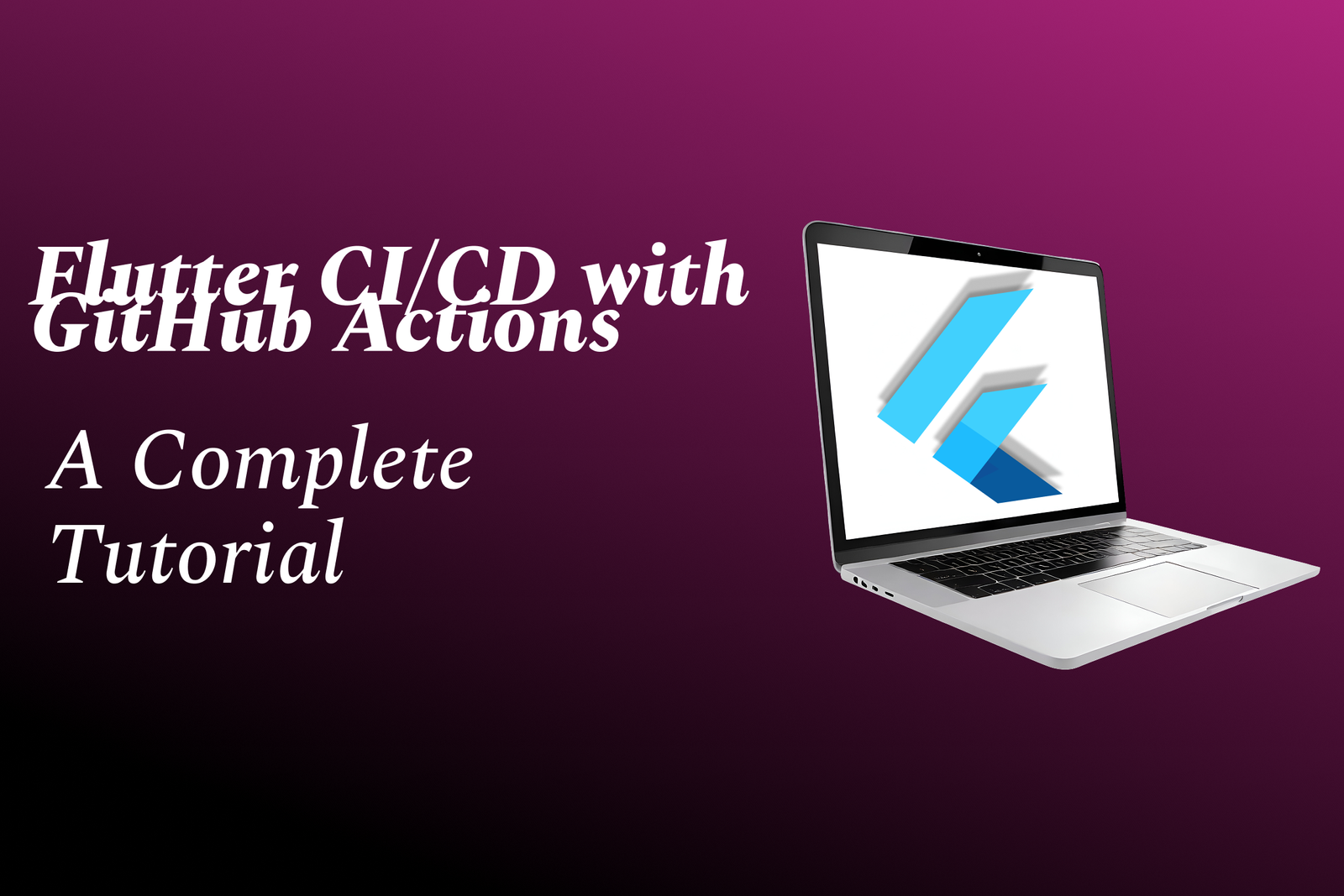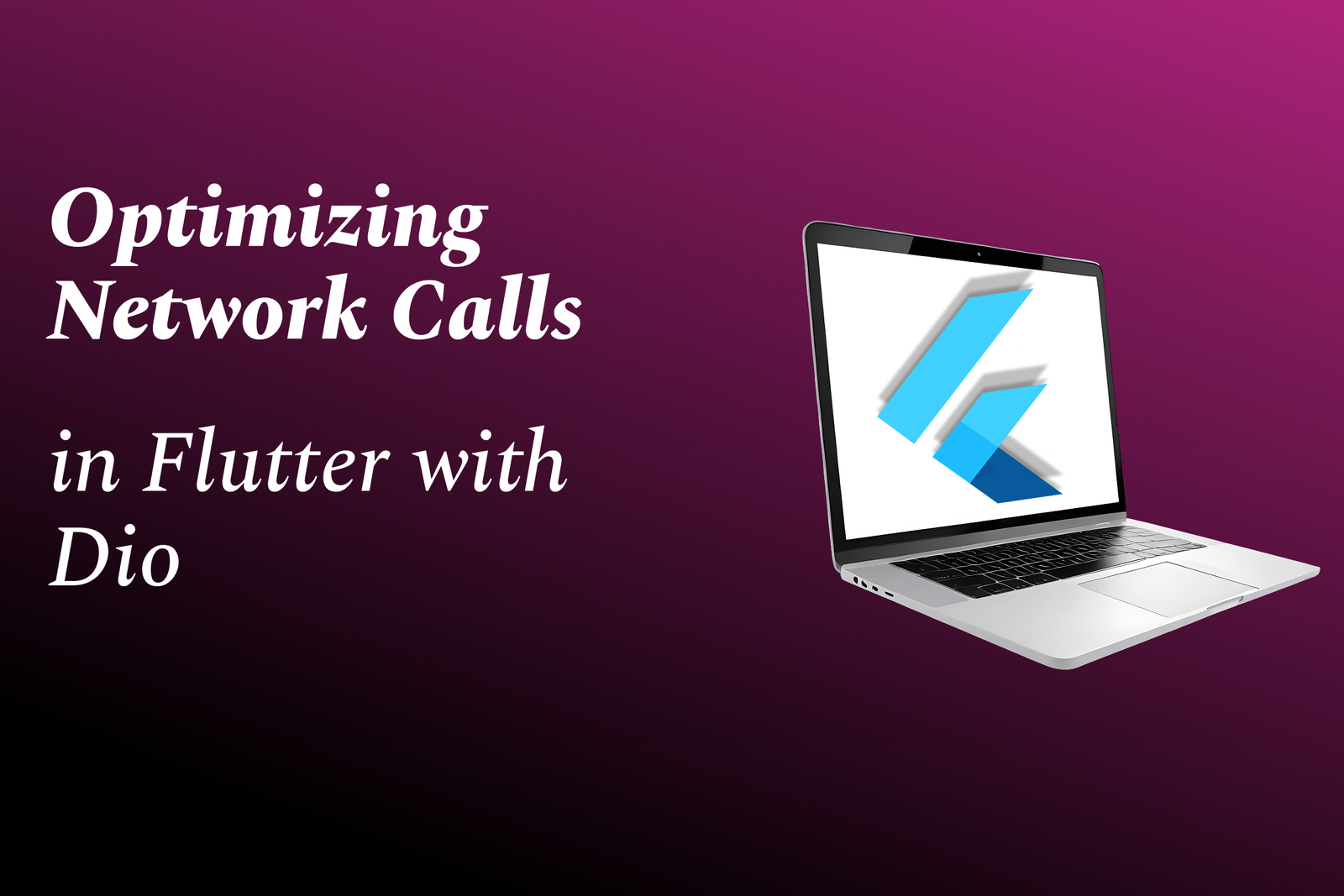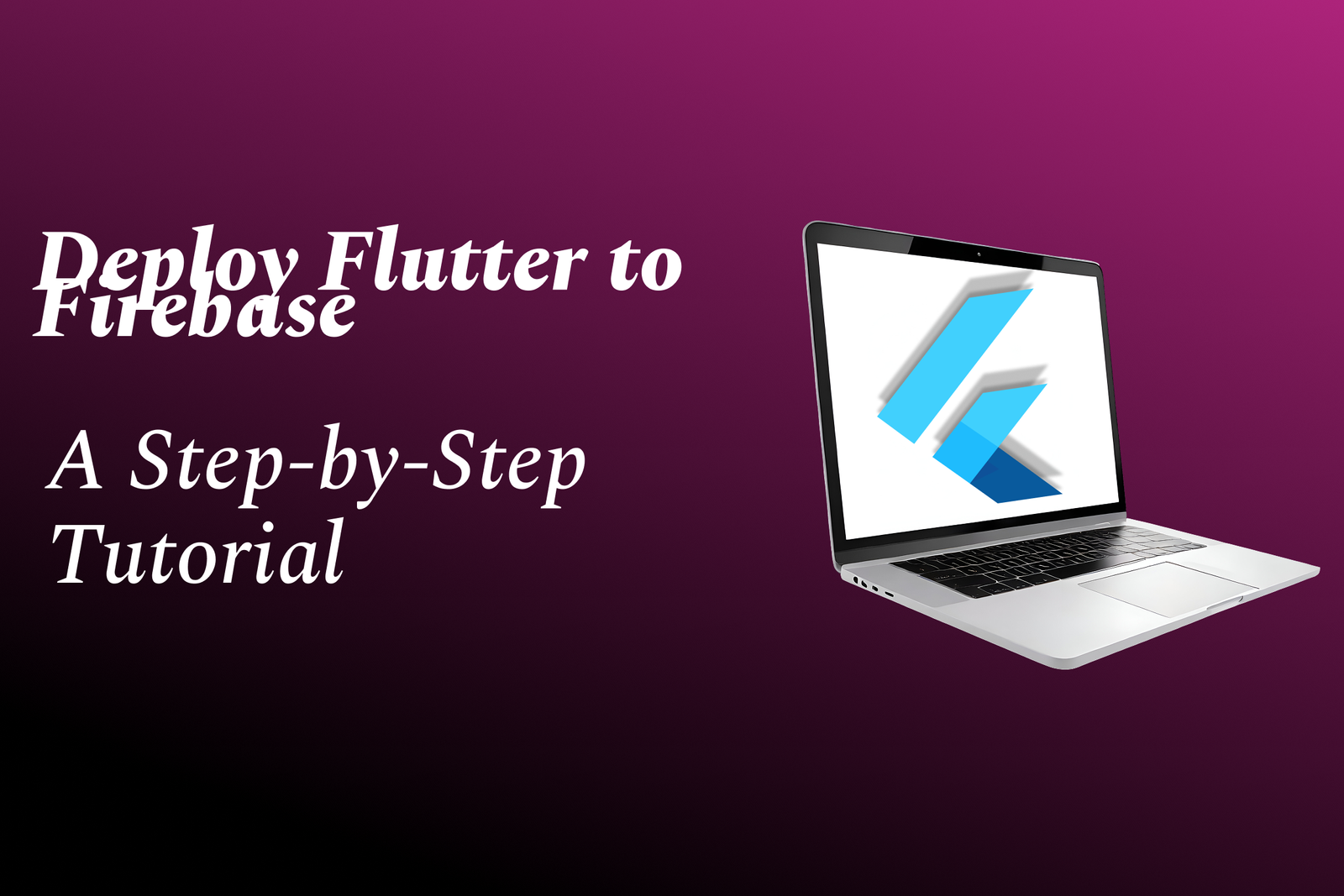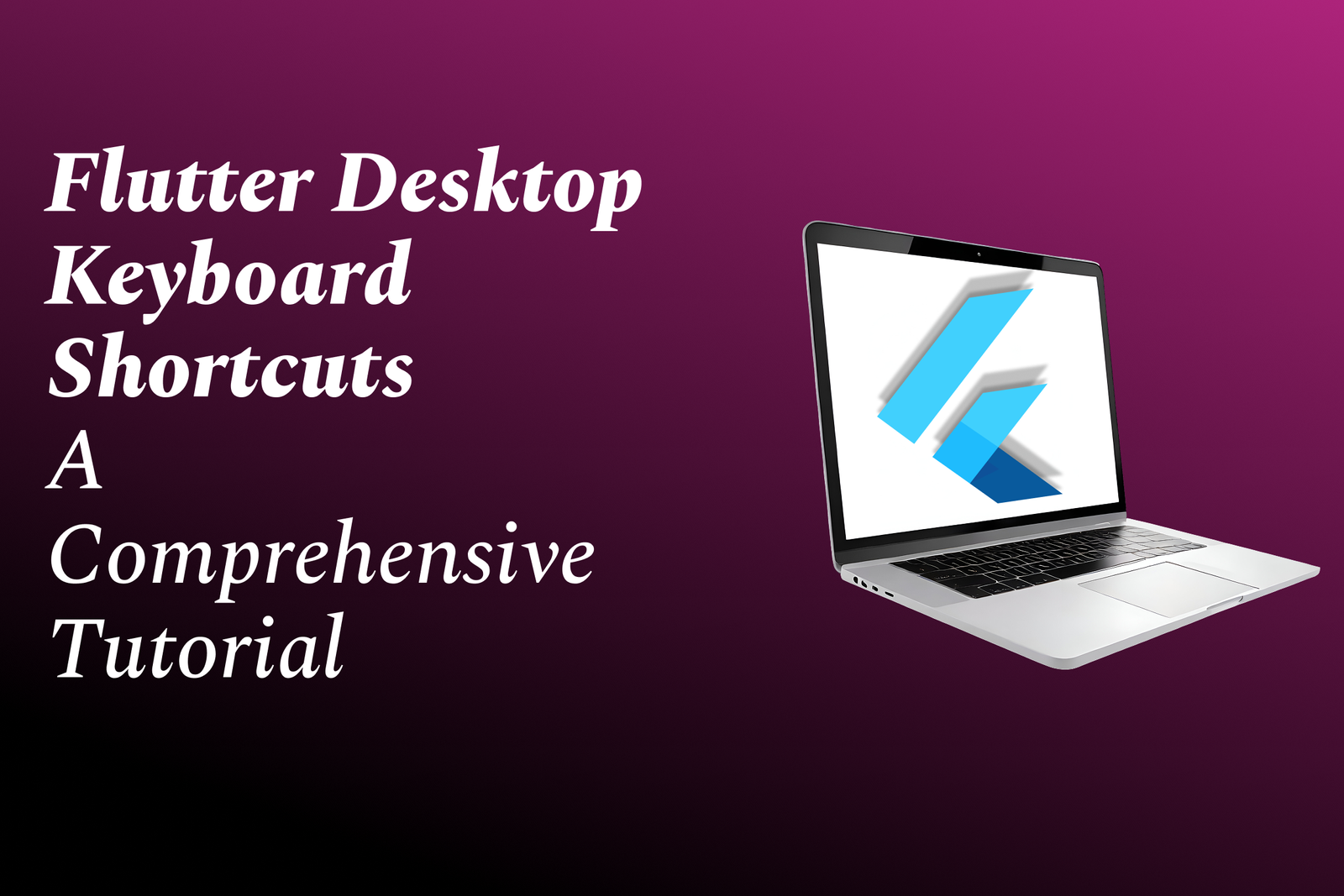Flutter With Supabase Vs Firebase: A 2025 Comparison
In 2025, pairing Flutter with Supabase vs Firebase means choosing between an open‑source, Postgres‑first backend and a mature Google serverless platform: Supabase gives Flutter apps SQL‑centric workflows, real‑time subscriptions, row‑level security and lower vendor lock‑in with predictable costs and direct SQL access, while Firebase offers Firestore, Auth, Functions, Analytics, polished SDKs, global scaling and turnkey managed features (offline sync, analytics, A/B testing). Both speed cross‑platform development and real‑time experiences; pick Supabase for relational control and openness, or Firebase for convenience and a broader managed ecosystem.
Flutter With Supabase Vs Firebase: A 2025 Comparison
In 2025, choosing Supabase or Firebase for Flutter apps is basically a trade‑off between openness and managed convenience: Supabase is an open‑source, Postgres‑first backend offering direct SQL, real‑time subscriptions, row‑level security and predictable costs—great when you want relational data, lower vendor lock‑in and more control—while Firebase delivers a mature, globally scaled suite (Firestore, Auth, Cloud Functions, analytics, offline sync) with polished SDKs and serverless features that speed development for consumer apps. Both integrate well with Flutter and support real‑time experiences, so pick Supabase for SQL power and flexibility or Firebase for turnkey scalability and a broader managed ecosystem.
To Download Our Brochure: **https://www.justacademy.co/download-brochure-for-free
**
Message us for more information: **https://api.whatsapp.com/send?phone=919987184296
**
In 2025, choosing Supabase or Firebase for Flutter apps is basically a trade‑off between openness and managed convenience: Supabase is an open‑source, Postgres‑first backend offering direct SQL, real‑time subscriptions, row‑level security and predictable costs—great when you want relational data, lower vendor lock‑in and more control—while Firebase delivers a mature, globally scaled suite (Firestore, Auth, Cloud Functions, analytics, offline sync) with polished SDKs and serverless features that speed development for consumer apps. Both integrate well with Flutter and support real‑time experiences, so pick Supabase for SQL power and flexibility or Firebase for turnkey scalability and a broader managed ecosystem.
Course Overview
JustAcademy’s “Flutter with Supabase vs Firebase: A 2025 Comparison” is a concise, hands‑on course comparing Supabase and Firebase for Flutter—covering auth, databases, real‑time, security, offline, costs, migration and two real‑time projects with certification.
Course Description
JustAcademy’s “Flutter with Supabase vs Firebase: A 2025 Comparison” is a concise, hands-on course comparing auth, databases, real-time, security, offline support, costs and migration for Flutter—with projects and certification.
Key Features
1 - Comprehensive Tool Coverage: Provides hands-on training with a range of industry-standard testing tools, including Selenium, JIRA, LoadRunner, and TestRail.
2) Practical Exercises: Features real-world exercises and case studies to apply tools in various testing scenarios.
3) Interactive Learning: Includes interactive sessions with industry experts for personalized feedback and guidance.
4) Detailed Tutorials: Offers extensive tutorials and documentation on tool functionalities and best practices.
5) Advanced Techniques: Covers both fundamental and advanced techniques for using testing tools effectively.
6) Data Visualization: Integrates tools for visualizing test metrics and results, enhancing data interpretation and decision-making.
7) Tool Integration: Teaches how to integrate testing tools into the software development lifecycle for streamlined workflows.
8) Project-Based Learning: Focuses on project-based learning to build practical skills and create a portfolio of completed tasks.
9) Career Support: Provides resources and support for applying learned skills to real-world job scenarios, including resume building and interview preparation.
10) Up-to-Date Content: Ensures that course materials reflect the latest industry standards and tool updates.
Benefits of taking our course
Functional Tools
1 - Flutter (SDK and framework)
Core UI toolkit used to teach cross platform app development with a single codebase for Android, iOS and web.
Training covers widget composition, stateful vs stateless patterns, Material and Cupertino design systems.
Hands on labs show how Flutter projects map to real product requirements and deliver native performance.
Students build incremental apps during the course to reinforce patterns and lifecycle management.
Emphasis on Flutter best practices for maintainable code, responsive layouts and platform specific integrations.
2) Dart (language)
Primary language for Flutter; training includes syntax, null safety, async/await and generics.
Exercises focus on idiomatic Dart, code organization, and writing testable business logic.
Students practice using streams, futures and isolates for concurrency in mobile apps.
Emphasis on readable, performant code and migration strategies between Dart versions.
Assessment projects require clean architecture patterns and reusable Dart packages.
3) Supabase (backend as a service)
Open source alternative to Firebase providing Postgres database, auth, storage and realtime features.
Course modules cover creating projects, configuring RLS, schema design and SQL queries.
Students implement user auth, role based access and realtime subscriptions using Supabase clients.
Labs compare Supabase workflows to Firebase equivalents to show trade offs and integration choices.
Deployment and management lessons teach using Supabase Studio and hosted/ self hosted options.
4) Firebase (backend platform)
Google’s BaaS used for auth, Firestore/Realtime DB, storage, cloud functions and analytics.
Training demonstrates Firebase console, rules based security, offline persistence and realtime listeners.
Students implement push notifications, crash reporting and analytics to track product metrics.
Comparative labs highlight Firebase strengths such as deep Google integrations and mature SDKs.
Practical exercises include migrating small features between Firebase and Supabase approaches.
5) Supabase Auth vs Firebase Auth
Detailed comparison of auth mechanisms, social logins, JWT flows and session management.
Students configure OAuth providers, passwordless flows and email verification in both platforms.
Labs show differences in SDK usage, token refresh strategies and server side validation.
Security focused sessions teach implementing multi factor auth and secure cookie/session handling.
Project assignments enforce secure auth patterns and auditing login events.
6) Postgres (Supabase Database)
Relational DB training for schema design, indexes, joins and performance tuning.
Hands on SQL labs teach writing queries, views, stored procedures and using extensions.
Students learn RLS policies to enforce row level security and tenant isolation in multi tenant apps.
Course covers backups, migrations and using Supabase migrations CLI for schema changes.
Comparative sessions explain when relational models are preferable to NoSQL for app requirements.
7) Firestore and Realtime Database (Firebase)
NoSQL document and realtime DB options with guidance on modeling data for mobile apps.
Lessons contrast transaction patterns, offline sync behavior and query limitations.
Students implement listeners, batched writes and indexing strategies for performance.
Labs simulate offline first scenarios and conflict resolution strategies for both DB types.
Security rules workshops teach writing and testing granular access policies.
8) Supabase Storage and Firebase Storage
Cloud storage modules teach file uploads, metadata, ACLs and CDN integration.
Students implement image upload flows, resizing pipelines and secure download links.
Comparative labs cover pricing, performance, and integration with auth for protected assets.
Training includes client SDK usage, resumable uploads and lifecycle policies for objects.
Projects require building gallery or media heavy features using each provider’s storage.
9) Edge/Serverless Functions (Supabase Edge Functions & Firebase Cloud Functions)
Server side logic lessons teach writing lightweight APIs, webhooks, and background jobs.
Students deploy functions, secure them via IAM/JWT and test locally using CLI tooling.
Labs compare cold starts, language support and scalability considerations of both platforms.
Practical modules include sending transactional emails, processing uploads, and cron tasks.
Emphasis on observability, retries and safe database access patterns from serverless code.
10) Realtime & Subscriptions
Real time communication training covers Supabase realtime via Postgres WAL and Firebase listeners.
Students build chat, presence and live update features while managing bandwidth and security.
Modules show how to structure payloads, throttle updates and reconcile client state.
Comparison highlights latency, scalability and implementation complexity differences.
Labs include performance testing and fallback strategies for intermittent connectivity.
11 - Firebase Emulator Suite & Supabase Local Development
Local dev environments enable safe testing of auth, DB and functions without cloud costs.
Students run emulators/mocks for unit and integration tests, learning to seed fixtures and reset state.
Lessons emphasize CI integration so tests run deterministically in pipelines.
Workshops cover debugging flows locally and switching configs between environments.
Best practices include secrets management and minimizing drift between local and production setups.
12) Flutter DevTools, Dart Analyzer & VS Code/Android Studio
Development tooling sessions focus on debugging, performance profiling, and code analysis.
Students learn to use DevTools for CPU, memory, widget rebuilds and network inspection.
IDE setup guides improve productivity with extensions, hot reload workflows and emulator management.
Code linting, formatters and static analysis are enforced to maintain team quality code.
Pair programming labs use these tools to demonstrate real world debugging and optimization.
13) Git, GitHub & Version Control Workflows
Source control training covers branching models, pull requests, code reviews and merge strategies.
Students practice writing clear commit messages, resolving conflicts and using feature branches.
CI triggers and protected branches are introduced to simulate enterprise workflows.
Hands on exercises include open source contribution etiquette and maintaining modular repos.
Course emphasizes reproducible builds and artifact management for mobile releases.
14) CI/CD Tools (Codemagic, GitHub Actions, Bitrise)
Continuous integration and delivery modules teach automating builds, tests and deployment pipelines.
Students create pipelines for Android/iOS signing, artifact distribution and testing matrices.
Lessons cover environment secrets, matrix builds, caching strategies and parallel jobs.
Deploy examples include publishing to TestFlight, Play Store internal tracks and staging endpoints.
Emphasis on rollback strategies, release notes automation and release gating.
15) Testing Frameworks (flutter_test, integration_test, Mockito)
Quality assurance lessons cover unit, widget and integration testing strategies for Flutter apps.
Students learn mocking network and DB calls, writing golden tests and CI test orchestration.
End to end labs simulate user flows including auth, file uploads and realtime interactions.
Lessons teach measuring coverage, flaky test mitigation and test driven development practices.
Assessment projects require comprehensive test suites before accepting feature merges.
16) Monitoring & Crash Reporting (Firebase Crashlytics, Sentry)
Observability modules teach capturing runtime errors, stack traces and user breadcrumbs.
Students instrument apps to report crashes, log non fatal errors and set custom keys for context.
Comparison covers feature sets, privacy implications and integration complexity.
Labs include creating dashboards, alerting rules and linking issues to project trackers.
Emphasis on postmortem workflows and using telemetry to prioritize fixes.
17) Analytics & A/B Testing (Firebase Analytics and alternatives)
Product analytics sessions teach event design, funnels, user properties and cohorts.
Students implement tracking for key user journeys, retention and conversion metrics.
A/B testing labs demonstrate running experiments and interpreting results to drive product decisions.
Privacy and consent management are discussed to comply with regulations and user expectations.
Comparative notes include using external analytics or self hosted tracking for full data control.
18) Security & Compliance Tools (JWT, OAuth providers, RLS, Security Rules)
Security curriculum covers authentication flows, token management and secure client server communication.
Students implement role based access, row level policies and granular storage rules.
Lessons address data protection, GDPR/CCPA considerations and audit logging practices.
Hands on exercises show how to rotate keys, enforce least privilege and test policy changes.
Emphasis on threat modeling and secure by default configuration for production readiness.
19) API Clients & Testing Tools (Postman, Insomnia, HTTP clients)
API design and testing modules teach RESTful and RPC patterns, versioning and SDK generation.
Students use Postman/Insomnia to craft requests, mock responses and automate test collections.
Lessons include creating client wrappers in Dart, handling errors and retry policies.
Labs demonstrate documenting APIs, creating Postman collections for onboarding and QA.
Emphasis on contract testing and backward compatible API evolution strategies.
20) Design & Prototyping Tools (Figma, Zeplin)
Product design sessions teach translating UI/UX specs into Flutter widgets and responsive layouts.
Students collaborate with designers using Figma to extract assets, measurements and interaction flows.
Prototyping labs convert mockups into working screens and animate transitions for realistic demos.
Accessibility testing and localization strategies are integrated into design handoffs.
Emphasis on maintaining design tokens, consistent spacing systems and themed components.
21 - Storage, CDN & Media Processing Tools
Media management modules teach optimizing images, video streaming, resizing and caching strategies.
Students implement lazy loading, progressive images and signed URLs for secure asset access.
Lessons cover CDN integration, cache invalidation and cost effective media delivery patterns.
Labs include serverless image processing, thumbnails and handling large file uploads reliably.
Emphasis on user experience trade offs between quality, latency and bandwidth usage.
22) Observability & Logging Tools (Prometheus, Grafana, Log aggregators)
Backend monitoring lessons teach instrumenting services, collecting metrics and visualizing performance.
Students set up dashboards, alerting thresholds and incident playbooks for uptime guarantees.
Comparative sessions explain hosted vs self managed observability choices and trade offs.
Labs require creating SLOs/SLIs and running drills to practice incident response workflows.
Emphasis on correlating client side errors with backend traces for faster debugging.
23) Data Migration & Backup Tools (Supabase Migrations, pg_dump, Firestore export)
Data management training covers schema migrations, safe rollouts and backup strategies.
Students practice exporting/importing datasets, writing reversible migrations and handling data transforms.
Lessons include migration testing, zero downtime rollout patterns and rollback procedures.
Labs simulate cross provider data transfers and integrity verification post migration.
Emphasis on retention policies, encryption at rest and disaster recovery planning.
24) Community & Documentation Platforms (GitHub Pages, Notion, ReadTheDocs)
Documentation and onboarding modules teach creating clear developer guides and student facing docs.
Students maintain API references, runbooks and step by step lab instructions for reproducibility.
Community building lessons cover forums, issue trackers and mentoring best practices for cohorts.
Labs include writing technical blog posts and producing case studies from capstone projects.
Emphasis on discoverability, versioned docs and feedback loops to keep course content current.
Expanded list of topics (25–50) for JustAcademy courses:
25) State Management Patterns (BLoC, Provider, Riverpod, GetX)
Deep dives into pros/cons, migration strategies and best practices for predictable app state.
26) Dependency Injection & Service Locator (get_it, injectable)
Teaching decoupling, testability, and lifecycle management of services in Flutter apps.
27) Clean Architecture & Layered Design
Separating presentation, domain and data layers; enforcing boundaries and dependency rules.
28) Design Patterns (Factory, Singleton, Repository, Adapter)
Practical implementations of common patterns to solve real world mobile engineering problems.
29) Memory Management & Performance Optimization
Detecting leaks, reducing memory churn, optimizing image handling and list rendering.
30) Profiling & Benchmarking Techniques
Using DevTools and platform profilers to measure CPU, GPU, frame rendering and network performance.
31 - Native Integrations & Platform Channels
Calling platform specific APIs, plugin creation and managing lifecycle differences between OSes.
32) Push Notifications & In App Messaging
Implementing FCM/APNs, topic segmentation, rich notifications and delivery analytics.
33) In App Purchases & Subscriptions
Integrating StoreKit/Play Billing, handling receipts, renewals, and entitlement checks.
34) App Store & Play Store Guidelines, Release Management
Preparing metadata, assets, handling approvals, and managing staged rollouts and review rejections.
35) Code Security & Obfuscation (ProGuard/R8)
Protecting IP, minimizing attack surface, managing secrets and secure key storage patterns.
36) Open Source Licensing & Compliance
Choosing licenses, attributing third party code, and managing legal obligations in projects.
37) Payment Gateways & PCI DSS Considerations (Stripe, PayPal)
Secure payment flows, webhooks, reconciliation, and compliance requirements for handling payments.
38) Localization & Internationalization
Translating UI, pluralization, RTL support and locale aware formatting for global apps.
39) Accessibility & Inclusive Design
Implementing semantics, screen reader support, contrast, and keyboard/navigation accessibility tests.
40) Offline First Architectures & Sync Conflicts
Local caching, conflict resolution strategies, and designing resilient sync layers.
41 - API Design: REST, GraphQL & gRPC
Schema design, pagination, versioning, error handling and client SDK generation.
42) WebSockets, MQTT & Real Time Protocols
Building low latency features like presence, live updates and IoT integrations.
43) Device & Compatibility Testing Matrix
Automating tests across OS versions, screen sizes, CPU architectures and OEM customizations.
44) Beta Testing & Feedback Loops (TestFlight, Play Internal)
Managing tester cohorts, capturing feedback, and iterating quickly on pre release builds.
45) Advanced Analytics: Funnels, Heatmaps & Session Replay
Instrumentation for conversion analysis, UX bottleneck discovery and behavioral cohorts.
46) Performance Budgets, SLAs & App Reliability Engineering
Setting targets, monitoring SLOs/SLIs, and incident management for mobile products.
47) DevSecOps, CI Secrets & Secrets Management
Secure CI pipelines, vaults/secret stores, short lived credentials and audit trails.
48) Containerization & Microservices (Docker, Kubernetes)
Deploying backend services, scaling Supabase/Firebase alternatives, and service discovery patterns.
49) Infrastructure as Code & Cloud Automation (Terraform, Pulumi)
Reproducible infra, environment promotion, and drift detection for production stability.
50) Career Services, Capstone Projects & Certification Paths
Portfolio building capstones, interview prep, mock interviews, grading rubrics and certification exams tied to job outcomes.
If you want additional points in a specific area (mobile, backend, security, product, or career services), indicate which and the list will be extended.
Browse our course links : https://www.justacademy.in/all-courses
To Join our FREE DEMO Session: https://www.justacademy.in/register-for-course-demo
This information is sourced from JustAcademy
Contact Info:
Roshan Chaturvedi
Message us on Whatsapp: https://api.whatsapp.com/send?phone=919987184296
**Email id: mailto:info@justacademy.co
**
https://www.justacademy.co/blog-detail/debugging-dart-null-safety-issues-in-flutter
https://www.justacademy.co/blog-detail/starting-a-flutter-meetup:-a-community-builder's-guide
https://www.justacademy.co/blog-detail/flutter-flight-booking-app-ui:-a-tutorial
https://www.justacademy.co/blog-detail/flutter-desktop-apps-2025:-a-look-into-the-future
https://www.justacademy.co/blog-detail/flutter-desktop-distribution:-a-guide-to-packaging
Flutter Supabase vs Firebase 2025: Ultimate Comparison & Migration Guide — Performance, Pricing, Auth, Realtime
Flutter Supabase vs Firebase 2025 — Ultimate Comparison & Migration Guide: Performance, Realtime, Auth & Pricing
Flutter with Supabase vs Firebase 2025 — Complete Comparison: Performance, Auth, Realtime, Pricing & Migration Guide
Flutter 2025: Supabase vs Firebase — Ultimate Comparison of Auth, Realtime, Performance, Pricing & Migration Guide
